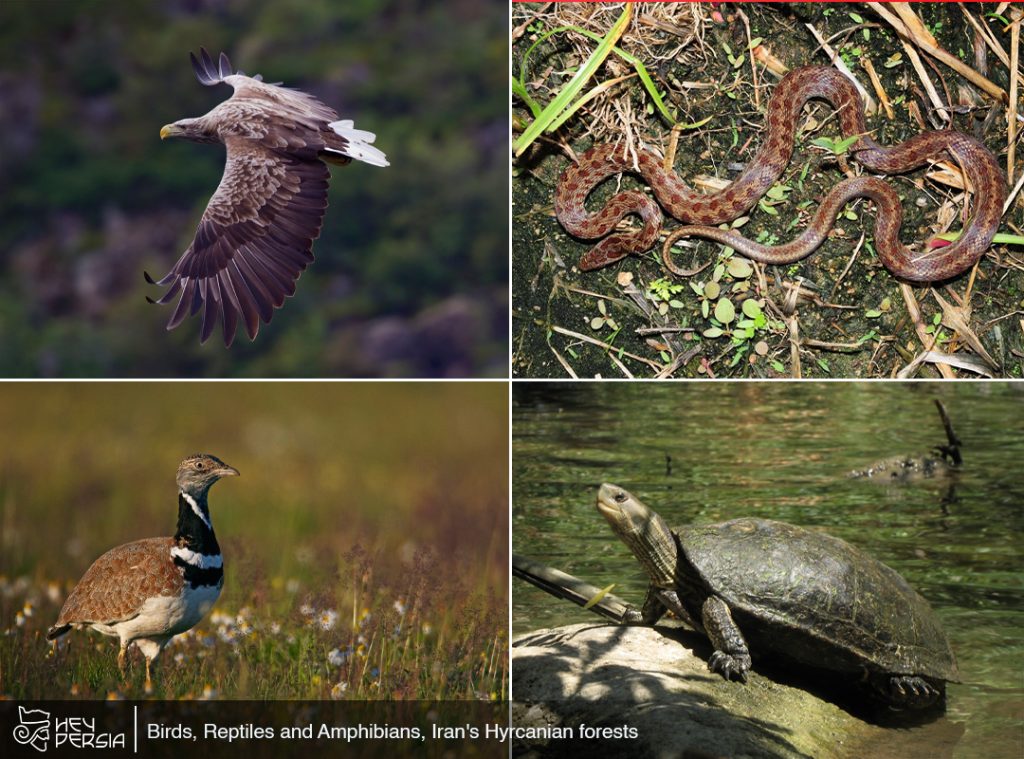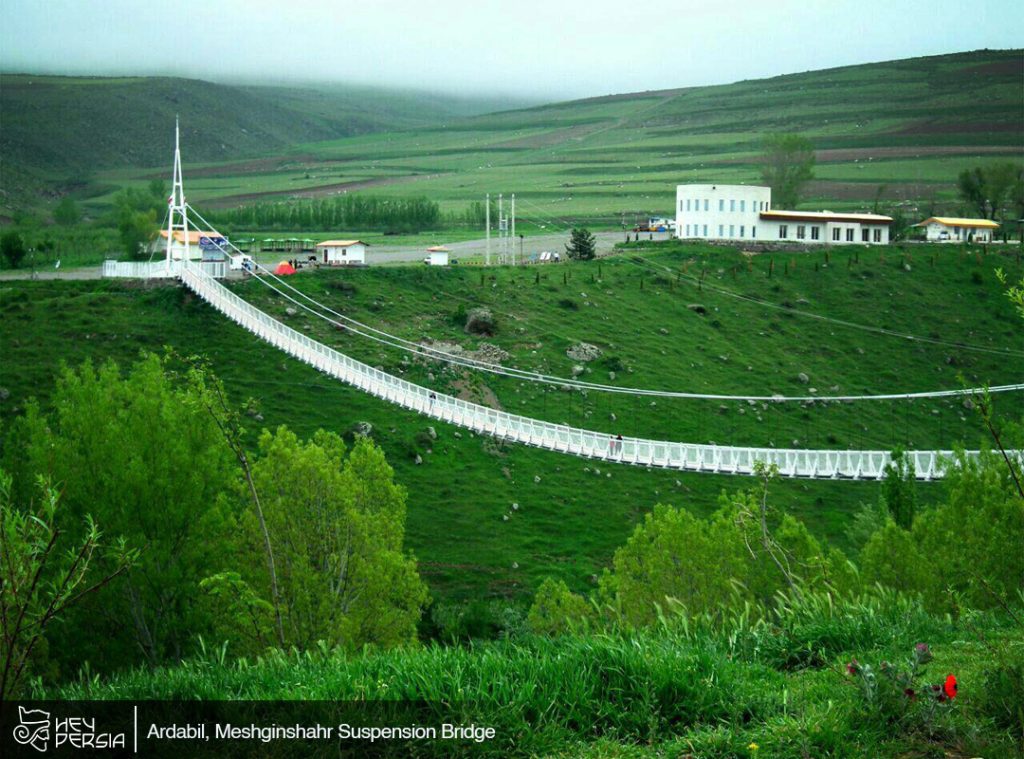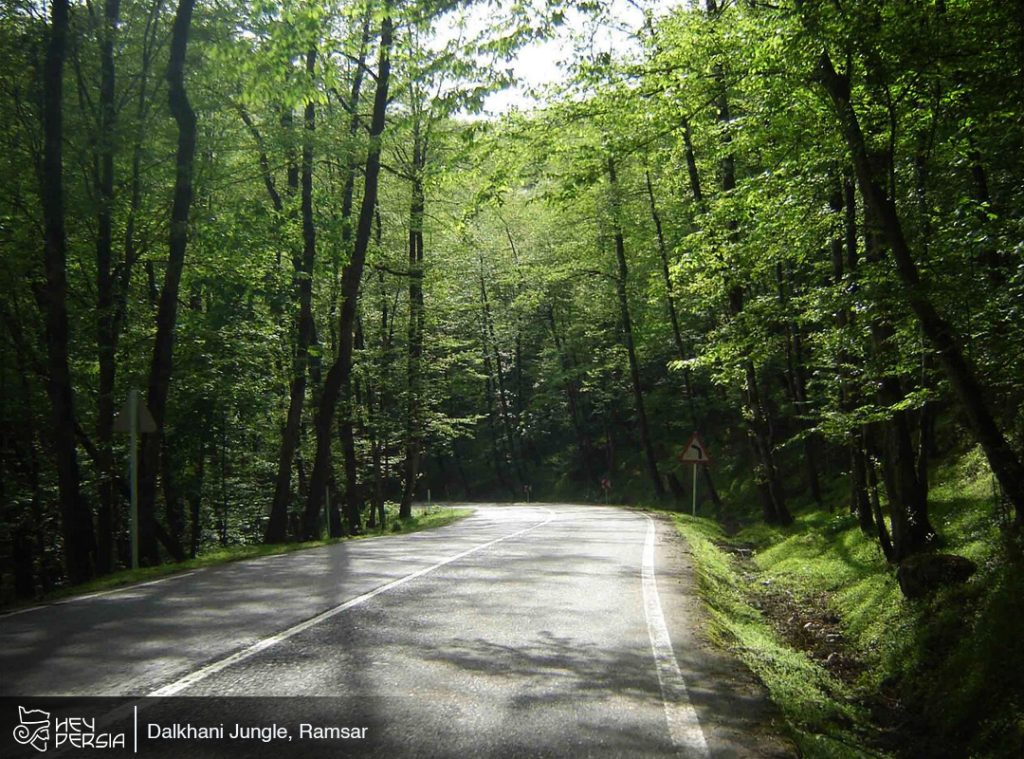The Hyrcanian forests, also known as the Caspian Forest or Hyrcanian Woodlands, represent a natural wonder tucked away in the northern regions of Iran. These lush and ancient forests are a testament to the country’s rich biodiversity and ecological significance. Covering a substantial portion of the southern coast of the Caspian Sea, the Hyrcanian forests in Iran are a UNESCO World Heritage Site, celebrated for their unique flora and fauna, as well as their cultural and historical importance. Stay with Hey Persia.
Geography and Location of The Hyrcanian forests in Iran
The Hyrcanian forests stretch along the southern coastline of the Caspian Sea, primarily in northern Iran, with smaller portions extending into neighboring Azerbaijan and Turkmenistan. This region encompasses approximately 55,000 square kilometers of land and is characterized by its proximity to the sea, which significantly influences its climate and vegetation.
Biodiversity and Unique Flora of The Hyrcanian forests in Iran
Floral Diversity
One of the most remarkable aspects of the Hyrcanian forests is their exceptional biodiversity. These forests are home to a stunning array of plant species, many of which are endemic and found nowhere else on Earth. The mild and humid climate created by the Caspian Sea provides ideal conditions for this diverse flora.
Some iconic tree species in the Hyrcanian forests include the Persian Ironwood (Parrotia persica), Caucasian Alder (Alnus subcordata), and Caspian Locust (Gleditsia caspica). These trees, along with countless others, contribute to the forests’ lush canopy.
Endemic Species
Several plant species within the Hyrcanian forests are considered endemic, meaning they are exclusive to this region. Examples include the Hyrcanian boxwood (Buxus hyrcana) and the Gilan oak (Quercus gilani), underscoring the forest’s unique botanical heritage.

Cultural and Historical Significance
The Hyrcanian forests have played a significant role in the culture and history of Iran. They are not only a source of natural beauty but also hold cultural and spiritual importance for the local communities. The forests have been referenced in Persian literature and art for centuries, showcasing their enduring influence on the region’s culture.
Fauna of the Hyrcanian Forests of The Hyrcanian forests in Iran
The diversity of animal life in the Hyrcanian forests is equally impressive. This region supports a wide range of mammals, birds, reptiles, and amphibians.
Mammals
Among the notable mammals inhabiting these woodlands are the Persian leopard (Panthera pardus saxicolor), Caspian red deer (Cervus elaphus maral), and the wild boar (Sus scrofa). The forests provide critical habitats for these species and many others.
Birds
The Hyrcanian forests are a haven for birdwatchers, hosting numerous avian species. You may encounter the endangered Caspian pheasant (Phasianus colchicus), the rare white-tailed eagle (Haliaeetus albicilla), and various species of woodpeckers, warblers, and owls.
Reptiles and Amphibians
These forests are also inhabited by various reptile and amphibian species, such as the Transcaucasian rat snake (Elaphe dione) and the Caspian turtle (Mauremys caspica). Their presence contributes to the overall ecological diversity of the region.

Conservation Challenges in The Hyrcanian forests in Iran
Despite their ecological importance and UNESCO World Heritage status, the Hyrcanian forests face various conservation challenges. Human activities, including logging, urbanization, and agriculture, pose threats to this fragile ecosystem. Efforts are ongoing to protect and preserve these unique woodlands through the establishment of protected areas and conservation initiatives.
The Hyrcanian forests in Iran welcomes you
The Hyrcanian forests in Iran stand as a testament to the extraordinary biodiversity and natural beauty found in this part of the world. These ancient woodlands, with their unique flora and fauna, serve as a reminder of the importance of preserving our planet’s natural heritage. While facing conservation challenges, the Hyrcanian forests continue to inspire and captivate those who explore their lush greenery and diverse ecosystems, making them an essential part of Iran’s ecological and cultural heritage.




